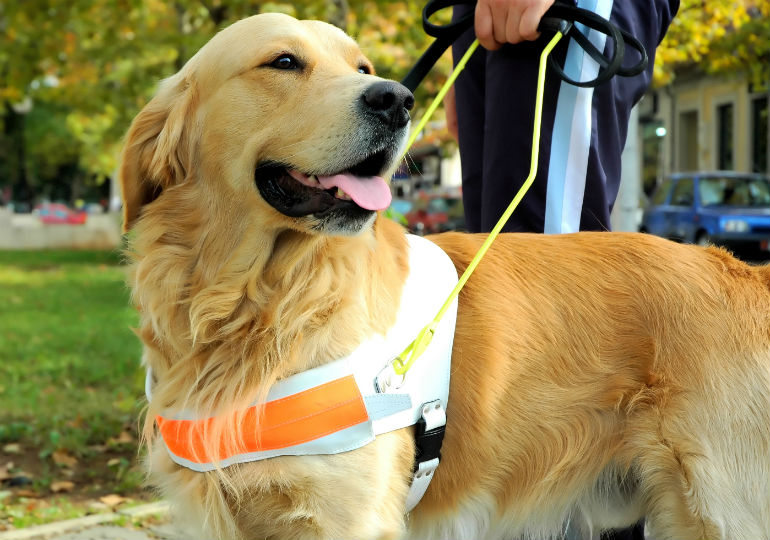Accessing public transport with a vision impairment can be difficult. Here are some strategies to help you travel safely and confidently by bus, train, ferry, tram and other modes of transport.

Accessing public transport with a vision impairment can be difficult. Here are some strategies to help you travel safely and confidently by bus, train, ferry, tram and other modes of transport if you have a vision impairment.
Accessing the timetable
- Get yourself a large print timetable
- Use a mini monocular or magnifier
- Listen for the audio recorded announcement systems on board vehicles and in stations
- Access your local transport authority's website or telephone service, such as: Transport NSW website: www.transportnsw.info or telephone service on 131 500
- There are also smart phone apps such as TripView and TripGo which provide trip planning and live timetables in the palm of your hand.
Locating stations
- Ask a family member or friend to escort you to the station
- Identify landmarks to assist you to orientate yourself and locate the station
- Catch a taxi to the station, ask the driver to drop you at a location you know and will remember
- Get a lift from a friend.
Locating the correct platform
- Ask for directions or assistance
- Use a travel planner or timetabling app for your smart phone, such as TripView to guide you to the correct platform.
Where to wait
- Stand or sit within the allocated safe area, i.e. behind the yellow line and tactile ground surface indicators
- Always wait in the same position for the vehicle (the front end of the vehicle is the safest position).
Identifying the correct bus, train, tram or ferry
- Ask the driver or other commuters
- Look for a sign or number on the vehicle (may use monocular).
Getting on and off the vehicle
- Wait for the vehicle to stop completely
- Locate the entry using vision, hearing or a mobility aid
- Hold onto rails or poles for support
- Carefully judge the gap from the platform or the height of steps visually or with a mobility aid.
Paying the fare
- Use a Vision Impaired Person’s travel pass. See your local transport authority's website for eligibility and application process
- Have your opal/myki card or travel pass ready before embarking.
Finding a seat
- Use the seats reserved for elderly or passengers with a disability
- Ask another commuter if they can see a vacant seat.
Knowing where to get off
- Sit near the driver and ask them to inform you when you get to your stop
- Look for major landmarks
- Count the stops or stations
- Listen to audio announcements
- Stop Announcer (NSW) is a smart phone app designed to assist vision impaired commuters to navigate their way around public transport. It has a clear, high contrast display and uses GPS to track your device’s location and can alert you audibly as you approach your stop.
Locating the station exit
- Ask staff or fellow passengers for assistance
- Follow the crowd exiting the vehicle
- Look for identifying landmarks.
By far your most helpful hint in all situations is to ask and be prepared.
As with many areas of mobility, practice is very important. Having a practice run with a friend accompanying you will allow you the opportunity to identify the ways, signs and landmarks you require to travel safely and with more confidence.
For more information on accessible transport options, contact IDEAS on 1800 029 904.

